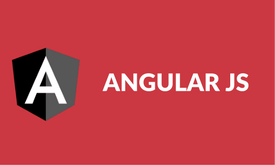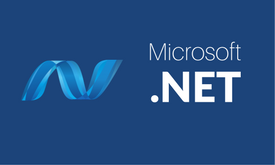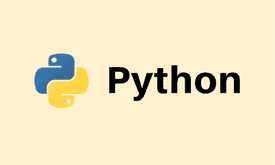Training in Porur is one of the best DevOps Training Institutes in Chennai Porur. We are focusing Placement based hands-on training for Cloud Computing Course. Our Cloud Computing course Trainers are taking the classes from basic level to Advanced Level. So, our Students can get the job easily in MNC companies in Chennai and Bangalore once complete their Cloud Computing Classes. Our Cloud Computing Course content and syllabus are revised monthly once by our experienced trainers. Our Cloud Computing training syllabus is designed for fulfilled to our student’s needs. So, you can get the up-to-date technical knowledge in Cloud Computing field. Our 6+ years of experienced trainers are working hard to improve their student knowledge and helps to attend the interviews confidently.
Our Training center offering Cloud Computing Training in various places around the Chennai. We are providing well infrastructure with fully equipped lab facilities to our students. We pay more attention to the needs of our students. Already we have trained more than 200+ Students in Chennai with placement. Cloud Computing Training timing schedule on weekday classes, Weekend classes, Evening classes and Fast Track classes. Our Cloud Computing Course fees is based on student’s requirement and value for money. After completing Cloud Computing Classes, providing free resume building classes, Aptitude classes, Mockup Interview Sessions.
Our Cloud Computing Course syllabus covering some important topics like Service Now, DevOps Training with Linux AWS ITIL, AWS Training, SFDC(Salesforce Training). Cloud Computing real-time project and DevOps placement training in Chennai.
About Our Trainer
Dinesh has delivered customised training courses for many of the world's best-known brands - and would be happy to consider delivering training for your business, too.
We will cover all major business and technology trends, including Big Data, Machine Learning, the Internet of Things (IoT), Artificial Intelligence (AI), Augmented Reality, Blockchains, Virtual Reality (VR) and robotics, the sharing economy, the rise of platform business models, crowd sourcing, and the ‘as a service’ business model.
Want a free career Advice or any career related queries? Reach him by
+91- 8939915572
Course Curriculum
Curriculum
Introduction to Cloud Computing
Defining cloud computing
- Components of a computing cloud
- Differentiating types of clouds: public, private, hybrid
Delivering services from the cloud
- Categorizing service types
- Comparing vendor cloud products: Amazon, Google, Microsoft and others
Adopting the Cloud
Key drivers of cloud computing solutions
- Instantaneous provisioning of computing resources
- Tapping into an infinite storage capacity
- Cost-effective pay-as-you-use billing models
Evaluating barriers to cloud computing
- Handling sensitive data
- Aspects of cloud security
- Assessing governance solutions
Exploiting Software as a Service (SaaS)
Characterizing SaaS
- Streamlining administration with centralized installation
- Optimizing cost and performance with scale on demand
Comparing service scenarios
- Improving collaboration with business productivity tools
- Simplifying business process creation by integrating existing components
Inspecting SaaS technologies
- Deploying web applications
- Implementing web services: SOAP, REST
- Choosing a development platform
Delivering Platform as a Service (PaaS)
Exploring the technical foundation for PaaS
- Specifying the components of PaaS
- Analyzing vendor PaaS provisions
- Selecting an appropriate implementation
Building services with solution stacks
- Evaluating the architecture of vendor-specific platforms
- Becoming familiar with service platform tools
Managing cloud storage
- Controlling unstructured data in the cloud
- Deploying relational databases in the cloud
- Improving data availability
Employing support services
- Testing in the cloud
- Monitoring cloud-based services
- Analyzing portability across platforms
Deploying Infrastructure as a Service (IaaS)
Enabling technologies
- Scalable server clusters
- Achieving transparency with platform virtualization
- Elastic storage devices
Accessing IaaS
- Provisioning servers on demand
- Handling dynamic and static IP addresses
- Tools and support for management and monitoring
Building a Business Case
Calculating the financial implications
- Comparing in-house facilities to the cloud
- Estimating economic factors downstream
Preserving business continuity
- Selecting appropriate service-level agreements
- Safeguarding access to assets in the cloud
- Security, availability and disaster recovery strategies
Migrating to the Cloud
Technical considerations
- Rearchitecting applications for the cloud
- Integrating the cloud with existing applications
- Avoiding vendor lock-in
- Planning the migration and selecting a vendor






